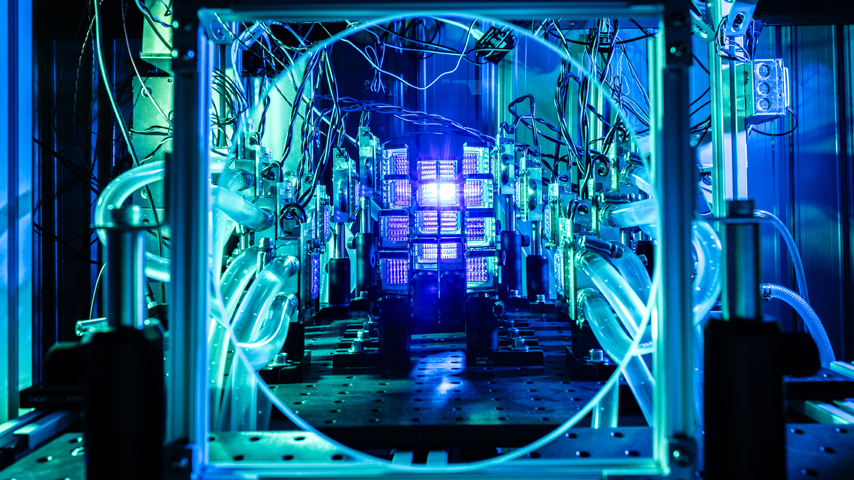DOE Lists ASME Adding Alloy 617 to the Boiler and Pressure Vessel Code as One of “10 Big Wins for Nuclear Energy in 2020”
DOE Lists ASME Adding Alloy 617 to the Boiler and Pressure Vessel Code as One of “10 Big Wins for Nuclear Energy in 2020”
As agencies work on their goals for 2021, and budgets for FY2022, it is worth looking back at the previous year’s accomplishments in key technological areas. The Department of Energy (DOE) wants to celebrate 10 of its successes that have set the stage for further advancements in the nuclear industry in the coming year, including the addition of Alloy 617 to ASME’s Boiler and Pressure Vessel Code.
6. New Alloy Approved for use in High-Temperature Reactors
“Alloy 617 became the first metal in 30 years to be added to the American Society of Mechanical Engineers’ Boiler and Pressure Vessel Code. The nickel, chromium, cobalt and molybdenum combination is just the sixth material cleared for use in high-temperature reactors. The new metal can withstand operating temperatures of 1,750° Fahrenheit—nearly 400 degrees hotter than the next-best material. While it was initially created for high-temperature gas reactors, Alloy 617 can also be applied to molten salt and liquid metal reactor designs. Over a 12-year period, DOE invested $15 million to make the material available in support of the demonstration and deployment of advanced reactor designs.”
The list includes additional history-making moments, such as when the first U.S. small modular reactor received a final safety evaluation report from the Nuclear Regulatory Commission (NRC), as well as advancements that put the U.S. on track to build the nation’s first fast test reactor in more than 20 years. For the complete list, please visit: https://www.energy.gov/ne/articles/10-big-wins-nuclear-energy-2020?s=09.
6. New Alloy Approved for use in High-Temperature Reactors
“Alloy 617 became the first metal in 30 years to be added to the American Society of Mechanical Engineers’ Boiler and Pressure Vessel Code. The nickel, chromium, cobalt and molybdenum combination is just the sixth material cleared for use in high-temperature reactors. The new metal can withstand operating temperatures of 1,750° Fahrenheit—nearly 400 degrees hotter than the next-best material. While it was initially created for high-temperature gas reactors, Alloy 617 can also be applied to molten salt and liquid metal reactor designs. Over a 12-year period, DOE invested $15 million to make the material available in support of the demonstration and deployment of advanced reactor designs.”
The list includes additional history-making moments, such as when the first U.S. small modular reactor received a final safety evaluation report from the Nuclear Regulatory Commission (NRC), as well as advancements that put the U.S. on track to build the nation’s first fast test reactor in more than 20 years. For the complete list, please visit: https://www.energy.gov/ne/articles/10-big-wins-nuclear-energy-2020?s=09.



